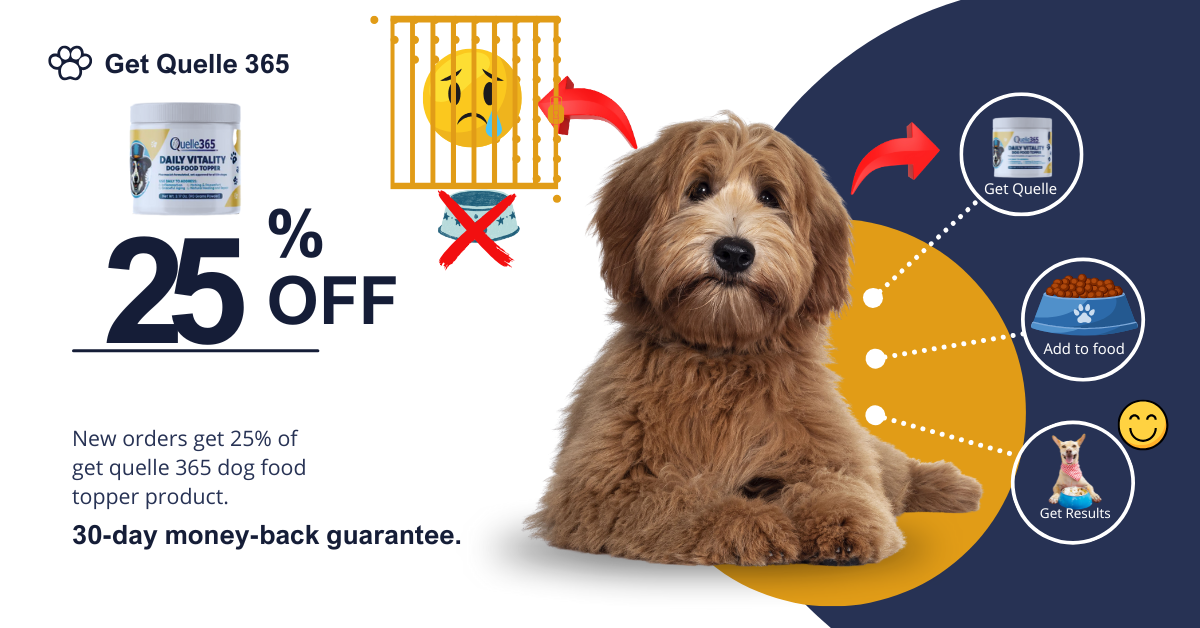What to Do With Expired Milk
It’s no secret grocery prices have climbed in the last few years, and milk is no exception. In these inflated conditions, you may find yourself clamoring to finish a carton before its expiration date, to avoid pouring what might as well be liquid cash down the drain.
But here’s some good news: You don’t have to toss out your milk just because it’s past its expiration date. If you observe a few precautions, you can safely consume that expired milk. After all, an expiration date is essentially an educated guess from the manufacturer. Milk may last days beyond its predicted shelf life when stored below 40 degrees Fahrenheit (4 degrees Celsius). “It’s certainly possible milk might look, taste, and smell just fine, even after the expiration date,” Donald Schaffner, PhD, a food science professor at Rutgers University tells me.
And according to official guidance from the US Department of Agriculture, “if the [expiration] date passes during home storage, a product should still be safe and wholesome if handled properly until the time spoilage is evident.”
How to use milk past its expiration date
If your milk doesn’t smell or look funky after the stamped expiration date has passed, it’s likely safe to consume. If you want to be extra cautious, says Schaffner, boil it before putting it to another use. In any case, you’ll want to use it as quickly as possible, before the narrow window between usable and actively spoiled (see: funky) passes.
Wary of pouring it straight up into your next bowl of cereal? Cooking or baking with expired milk (in recipes that reach 165 degrees Fahrenheit or above) are both efficient means of using up the stuff and killing any bacteria in the process. Put that half-gallon toward a cake, a creamy soup, or perhaps atray of muffins for Sunday brunch. Make dulce de leche from scratch. Live a little and braise some pork in it! If you can’t find an immediate use, freeze it in portions to call upon for soups or baking projects to come.
Spoiled milk vs. sour milk
Spoiled milk is not synonymous with sour milk. While certain bacteria can cause milk to turn sour (that is, to turn acidic and curdle, similar to recipes that instruct you to add a splash of vinegar to fresh milk), “spoiled milk” may carry any number of contaminants. According to Schaffner, there’s no way to know what they are without proper testing.
Often, milk is spoiled by a microorganism called Pseudomonas, which “does not really lead to souring,” Schaffner tells me, ”but more so to off flavors.” Long story short: It’ll simply taste gross. That’s why we can’t recommend using spoiled milk as a buttermilk substitute, as some other outlets might. Unless you know what you’re working with, you could end up with some pretty gnarly biscuits.
What to do with spoiled milk
One potential beneficiary of your expired milk? Your garden. Plants love to soak up calcium as much as our bones do, and milk’s antifungal properties are thought to mitigate mildew in your outdoor garden too. The Spruce suggests mixing surplus milk with water in a 1:1 solution, pouring it into a spray bottle, and applying it sparingly to the leaves of your plant or the soil immediately surrounding it. Fortifying your plants and eliminating food waste in the process? A win-win, we’d say.
So, before you dump your dairy, eyes averted from the scene of the crime, consider the potential in that gallon. Your wallet, your cake, and your plants will thank you.
Put that milk towards a panna cotta before it’s too late:
Source link





:max_bytes(150000):strip_icc()/Espresso-Spritz-FT-MAG-RECIPE-0525-f6903b6c8c6049aabe6c4e37d6ec1aa0.jpg)


:max_bytes(150000):strip_icc()/faw-pantry-to-throw-away-right-now-tout-b6f4fe23c7744e14ac2e1ebf9967e818.jpg)